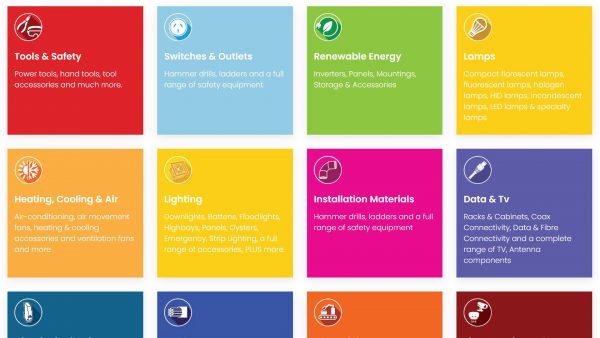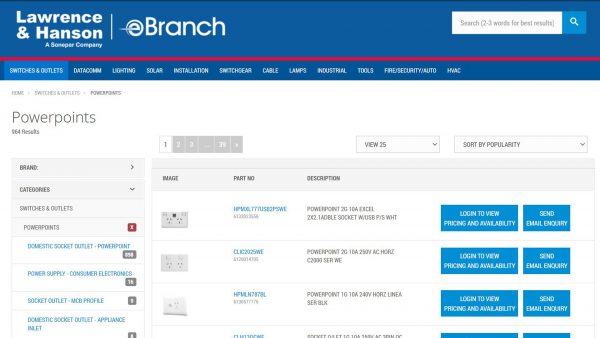
Solarsps
PEOPLE IN FOCUS – ALISTAIR WOODHEAD
HOW RENEWABLE ENERGY IS CHANGING FOR THE BETTER
The renewable energy industry has rapidly grown in the past five years, and its culture, technology, and challenges have changed along with it. Our very own Alistair Woodhead has seen these developments through first-hand experience. As a State Manager, and having been with Sonepar Pacific since 1996, Alistair has vast knowledge of the industry. We pick his brains about trends, tech, and travel.
You mentioned how solar has changed; what did it look like ten years ago, and what now?
There’s been a change in feed-in tariffs (FITs), which is a policy that guarantees payments to renewable energy developers for the electricity they produce. Up until a few years ago, the availability of high FITs enabled consumers to oversize their systems and export as much energy to the grid as possible. These FITs were removed a few years ago, so we’ve seen a decline in the system sizes that more closely match that of the consumer’s energy demand. But at the same time, commercial solar has really accelerated in demand.
How does this affect the market?
There’s a downwards trend in cost of product. This has widened the demographic of families who can afford to invest in rooftop solar. That’s one major change in the industry.
What about emerging markets in renewable energy?
The emerging market is in energy storage and self consumption. It makes no sense to export energy back into the grid at 0.5 cents per KWH (FIT rate) when you can store it and use it when the consumer’s import tariff from the grid is at its peak. Effectively, it’s solar energy 24/7, and not just when the sun is available.
What technology can you recommend to meet this trend?
New products like the Redback Technology Hybrid Inverter maximises self-consumption, and enables people to take back control of their electricity needs. The Hybrid Inverter “talks” directly to smart devices, enabling to, for example, load-shift the device into the solar window when needed.
The Redback also provides analysis of consumption patterns to determine how much storage someone needs based on real time data. This has the potential to reduce the required storage capacity, and hence, cost to the consumer. With the end in sight for the transitional feed-in tariff (TFIT), the argument for energy storage will become a lot stronger and louder.
What do you see as a major challenge for solar in Australia?
The largest challenge in Australia would be our Federal Government. Those of us who subscribe to The Australian Solar Council email blasts would be aware of the diminishing federal support for renewable energy. Arguably, the fossil fuel industry not only contributes to global warming, its resources are finite. For the sake of generations to come, we must invest in clean, renewable energy sources.
But the Victorian State Government has recently announced the build of a new wind farm.
Yes, hats off to the Victorian State Government for showing initiative.
What differences in trends do you see in domestic, commercial, and industrial sectors?
All look for lowering cost, but ultimately, the key is utilisation of the energy being produced. Domestic consumers tend to think, “Why would I bother when I can’t make money out of it anymore?” This is a result of those high rates of TFITs that have been eliminated. We need to change that philosophy into: “How can I enhance my disposable income by installing solar?” Coaching the domestic solar owner into high utilisation of energy – such as self consumption – is the key.
What advice do you have for installers?
Don’t compromise on quality. Ultimately, it will cost you money and time if you have to return to fix a fault. Align your supply chain to a position of longevity and strength, and take pride in your workmanship.
When you’re not saving the environment, what are you doing?
I love to travel. Our favourite spot is in Karon, Phuket. We try to get there once every 14 months or so. As well as get back to New Zealand in between.
Any parting advice?
I openly encourage people to research before making any final decisions about investing in a renewable energy system. If you’re thinking too much about the cost, don’t. A long time after the price is forgotten, a good quality system with a quality installation will still be operating at optimum levels. In the long run, you’ll be saving your disposable income as well as the environment.


